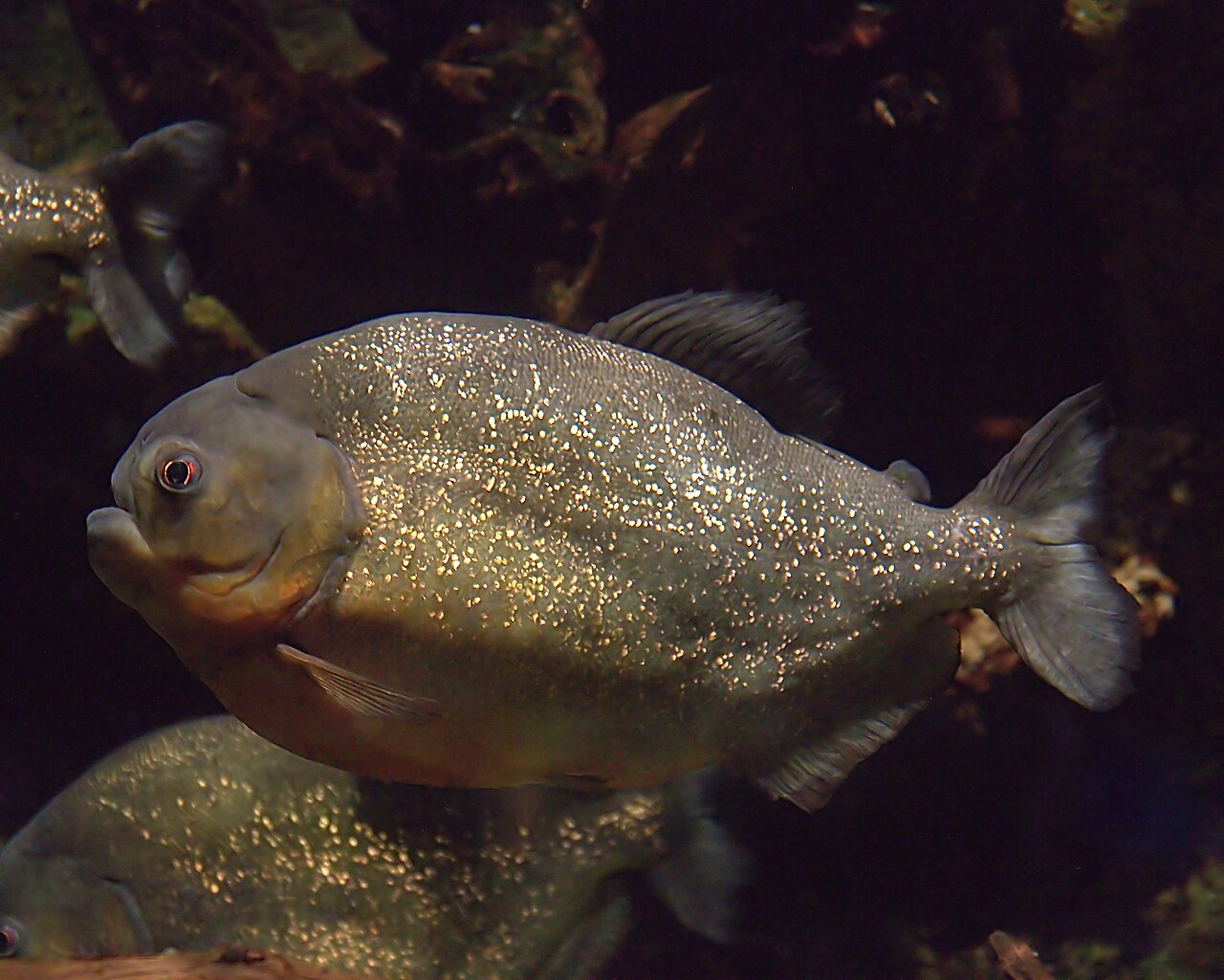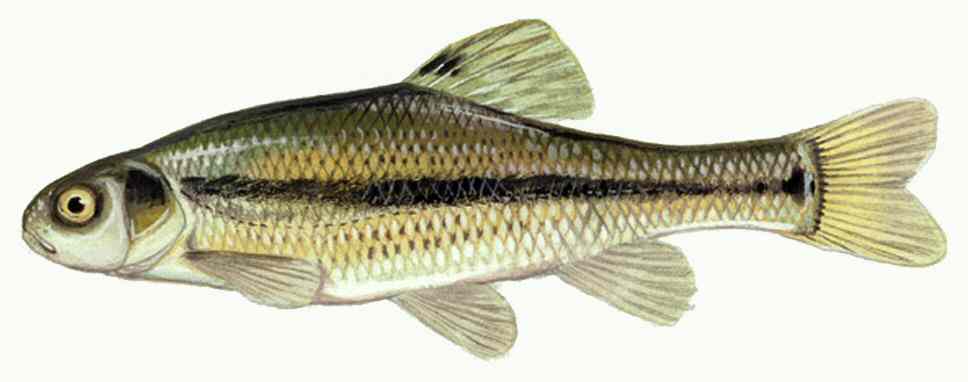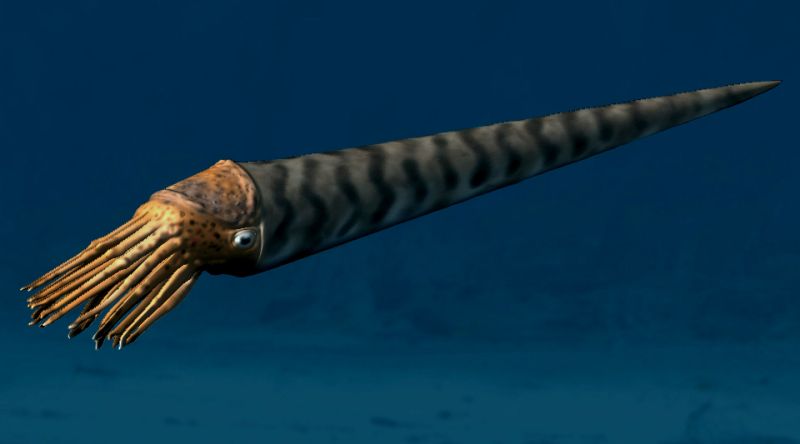Wednesday, March 30, 2016
Monday, March 14, 2016
Sunday, March 13, 2016
Catfish
Catfish are fish in the order Siluriformes named for there whisker like sensor barbels. Catfish all have different sizes and behavior, and can range from sizes of 9 centimeters to 2 meters. Some species of catfish are parasitic, like the candiru. Some species have armored plates and some just have soft skin. Despite its name some catfish don`t have whiskers. Catfish are identified by their skull and swimbladder.

Catfish are fish in the order Siluriformes named for there whisker like sensor barbels. Catfish all have different sizes and behavior, and can range from sizes of 9 centimeters to 2 meters. Some species of catfish are parasitic, like the candiru. Some species have armored plates and some just have soft skin. Despite its name some catfish don`t have whiskers. Catfish are identified by their skull and swimbladder.

Flying squid
 The ommastrephidae is a family of squid containing 3 subfamilies, 11 genera, and about 25 species. They are distributed globally and fished for food. The Japanese flying squid makes around half the worlds cephalopod catches. Some members of ommastrephidae are known to have the ability to glide out of the water like a flying fish, earning their common name of flying `squids`.
The ommastrephidae is a family of squid containing 3 subfamilies, 11 genera, and about 25 species. They are distributed globally and fished for food. The Japanese flying squid makes around half the worlds cephalopod catches. Some members of ommastrephidae are known to have the ability to glide out of the water like a flying fish, earning their common name of flying `squids`.
 The ommastrephidae is a family of squid containing 3 subfamilies, 11 genera, and about 25 species. They are distributed globally and fished for food. The Japanese flying squid makes around half the worlds cephalopod catches. Some members of ommastrephidae are known to have the ability to glide out of the water like a flying fish, earning their common name of flying `squids`.
The ommastrephidae is a family of squid containing 3 subfamilies, 11 genera, and about 25 species. They are distributed globally and fished for food. The Japanese flying squid makes around half the worlds cephalopod catches. Some members of ommastrephidae are known to have the ability to glide out of the water like a flying fish, earning their common name of flying `squids`. Saturday, March 12, 2016
Bees
Bees are insects closely related to wasps and ants, that produce pollen used in making honey.
 Bees are in the superfamily Apoidea.
Bees are in the superfamily Apoidea.
There are 20, 000 species of bees, in 7 different families, though many bees are undiscovered. They can be found everywhere except polar regions and oceans, everywhere where there is flowering plants (plants with flowers). Some species such as bumblebees, honeybees, and stingless bees live in colonies. Bees have adapted to feed on nectar and pollen using a long tongue. The pollen produced by bees is used as food for larvae.
Bees are insects closely related to wasps and ants, that produce pollen used in making honey.
 Bees are in the superfamily Apoidea.
Bees are in the superfamily Apoidea.There are 20, 000 species of bees, in 7 different families, though many bees are undiscovered. They can be found everywhere except polar regions and oceans, everywhere where there is flowering plants (plants with flowers). Some species such as bumblebees, honeybees, and stingless bees live in colonies. Bees have adapted to feed on nectar and pollen using a long tongue. The pollen produced by bees is used as food for larvae.
Friday, March 11, 2016
 Ammonites
AmmonitesAmmonites are an extinct group of mollusks in the subclass Ammonoidea of the class cephalopoda. The ammonites are more related to octopus and squids than nautiloids (shelled cephalopods), such as the living nautilus. The first species appeared in the Devonian period, then died out in the late crutaceous- paleogene period, but fossils can still be found today.
Subscribe to:
Comments (Atom)

 the family Cyprinidae. In Ireland they are known as pinkeens.
the family Cyprinidae. In Ireland they are known as pinkeens.
 existed since the Late Cambrian and are still found today as nautiluses.
existed since the Late Cambrian and are still found today as nautiluses.